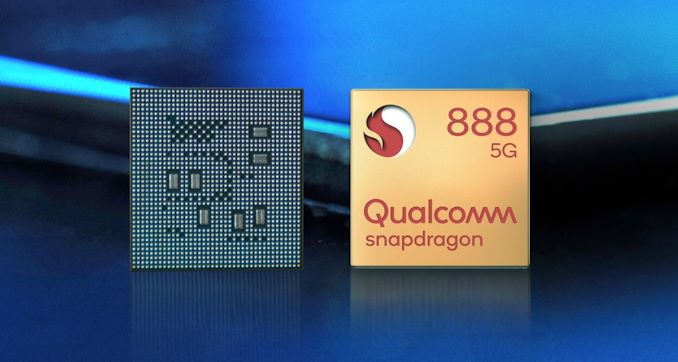The Qualcomm QCA8337-AL3C is a Gigabit Ethernet switch designed for networking applications. Specifically, it's a 5-port Gigabit Ethernet switch that supports IEEE 802.3 standards (including 802.3ab for 1000BASE-T). This IC is typically used in home routers, access points, and small network switches to provide wired network connectivity.
When looking for equivalent ICs to the QCA8337-AL3C, you're typically seeking 5-port or similar Ethernet switches with comparable performance and features, such as Gigabit speeds, support for VLANs, and QoS (Quality of Service) capabilities. Below are some equivalent options from other semiconductor manufacturers:
1. Broadcom BCM53125
Ports: 5 Gigabit Ethernet ports
Features:
Supports IEEE 802.3 standards (Gigabit Ethernet)
Integrated Ethernet PHYs
Support for VLAN tagging, QoS, and Layer 2 switching
Low power consumption, designed for home networking and SOHO (Small Office/Home Office) environments.
Applications: Typically used in consumer routers, home Networking Equipment, and small office switches.
Advantages: Broadcom is a dominant player in the networking market, offering high-performance switches for residential and commercial applications.
2. MediaTek MT7530
Ports: 5 Gigabit Ethernet ports
Features:
Supports Gigabit Ethernet speeds and Ethernet PHY functionality.
Includes VLAN support, QoS, and features to ensure smooth data traffic management.
Energy-efficient, low-power design suitable for home routers, small office routers, and gateways.
Applications: Common in routers and other home network products, designed for residential and SMB (Small and Medium Business) networking.
Advantages: MediaTek offers competitive solutions in terms of cost, with a focus on low power consumption and advanced switching features.
3. Realtek RTL8306SB
Ports: 5 Gigabit Ethernet ports
Features:
Integrated Gigabit Ethernet PHYs.
Supports VLAN, QoS, and traffic prioritization.
Provides features for network traffic management and advanced power-saving modes.
Applications: Suitable for home routers, switches, and other networked devices in the consumer and SMB market.
Advantages: Realtek provides cost-effective Ethernet switches with good reliability for consumer-grade networking equipment.
4. Marvell 88E6390
Ports: 5 Gigabit Ethernet ports
Features:
Supports Gigabit Ethernet, VLAN, and QoS.
Integrated PHYs for each port and power-efficient design.
Typically found in small office and home networking gear, offering reliable Ethernet performance.
Applications: Found in home routers, gateways, and small networking switches.
Advantages: Marvell’s chips are well-regarded for their efficiency and reliability in Ethernet switching applications.
5. Vitesse (Microsemi) VSC8531
Ports: 5 Gigabit Ethernet ports
Features:
Offers a range of advanced Layer 2 Ethernet features such as VLAN support, QoS, and rate limiting.
Integrated Ethernet PHYs and low power operation.
Applications: Used in consumer routers, small switches, and residential networking products.
Advantages: Known for high-quality Ethernet solutions, particularly for cost-sensitive and high-performance applications.
6. Realtek RTL8367M
Ports: 5 Gigabit Ethernet ports
Features:
Supports Gigabit Ethernet, VLAN tagging, and QoS.
Offers power-efficient design suitable for consumer routers and home networking devices.
Applications: Used in routers, hubs, and small networking devices.
Advantages: Realtek is a widely-used supplier of Ethernet switches, providing competitive performance at an affordable price.
Key Considerations:
When selecting an equivalent to the QCA8337-AL3C, consider these factors:
Number of Ports: The QCA8337 has 5 Gigabit Ethernet ports, so look for equivalent switches with a similar port count.
Integrated PHYs: Many of these switches (such as Broadcom BCM53125, MediaTek MT7530, and Realtek RTL8306SB) integrate Ethernet PHYs on-chip, reducing the need for separate PHY Chips.
QoS and VLAN support: These features are essential for managing network traffic efficiently and ensuring good performance in home and small business environments.
Power Consumption: If you're designing a low-power system (such as a home router or gateway), choose a chip with a low-power design.
Compatibility: Ensure the IC is compatible with your networking equipment, including any specific requirements for link aggregation, power over Ethernet (PoE), or specific protocols for routing and switching.
Conclusion:
If you're looking for a direct alternative to the Qualcomm QCA8337-AL3C, Broadcom BCM53125, MediaTek MT7530, and Realtek RTL8306SB are strong contenders offering similar features like Gigabit Ethernet, VLAN support, and QoS. Depending on your application's power consumption requirements and feature needs (such as integrated PHYs or specific networking protocols), any of these switches could be suitable replacements.
Other

What is HBM (High Bandwidth Memory)?
2024.09.05

What is Antenna Tuner IC?
2024.09.20

What’s the Difference between LPDDR and DDR?
2024.09.25

Snapdragon 888 5G Mobile Platform
2024.09.26

What is WiFi 6E?
2024.09.26

What is Bluetooth Audio SoC?
2024.09.26

What's HBM3E (High Bandwidth Memory 3)?
2024.09.26

What is an Audio Codec?
2024.10.09





